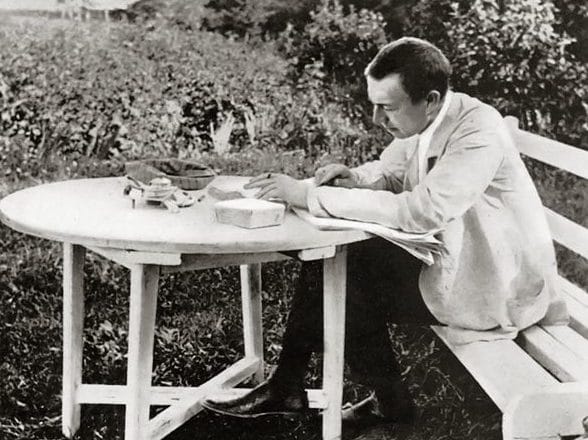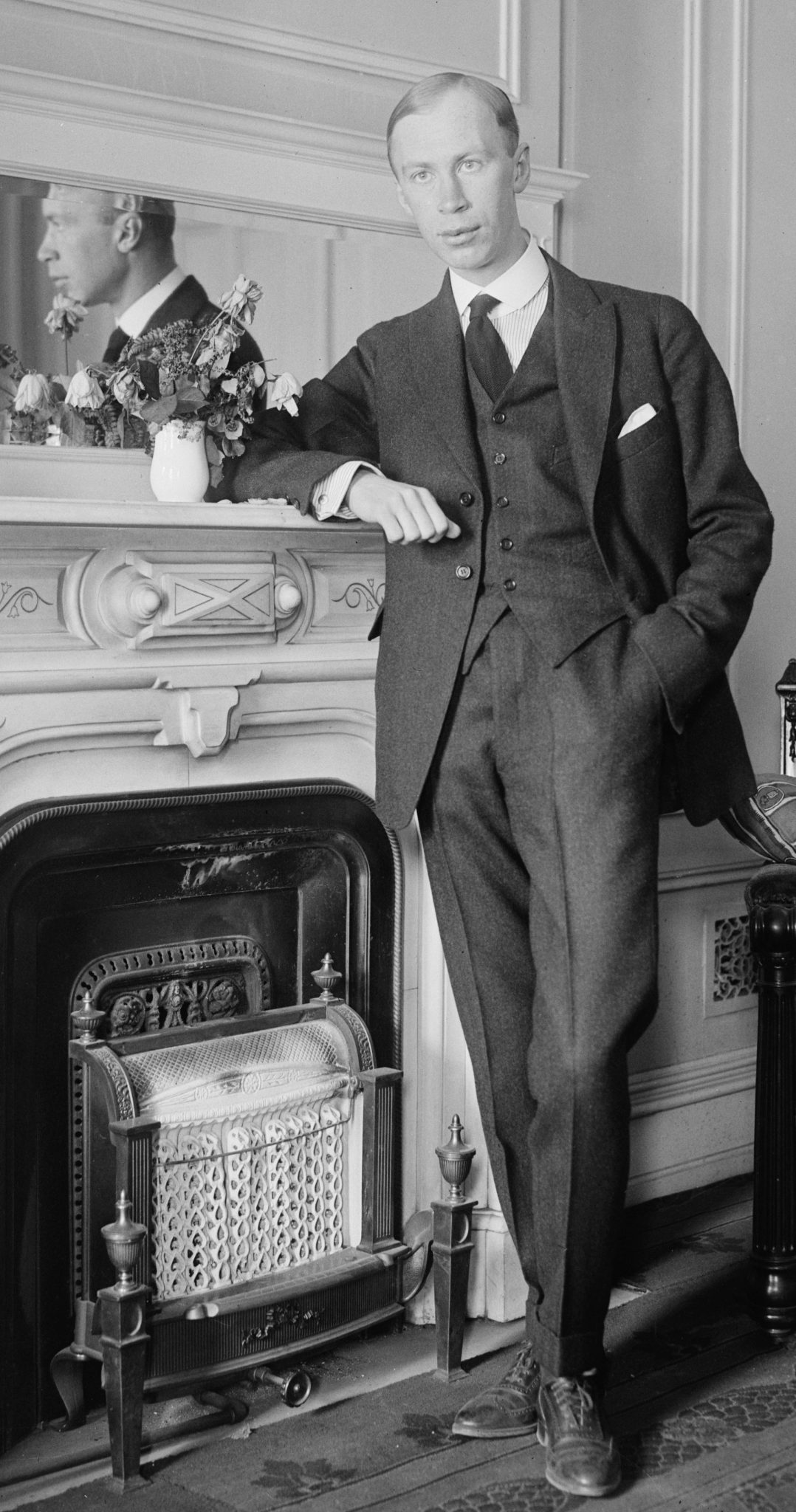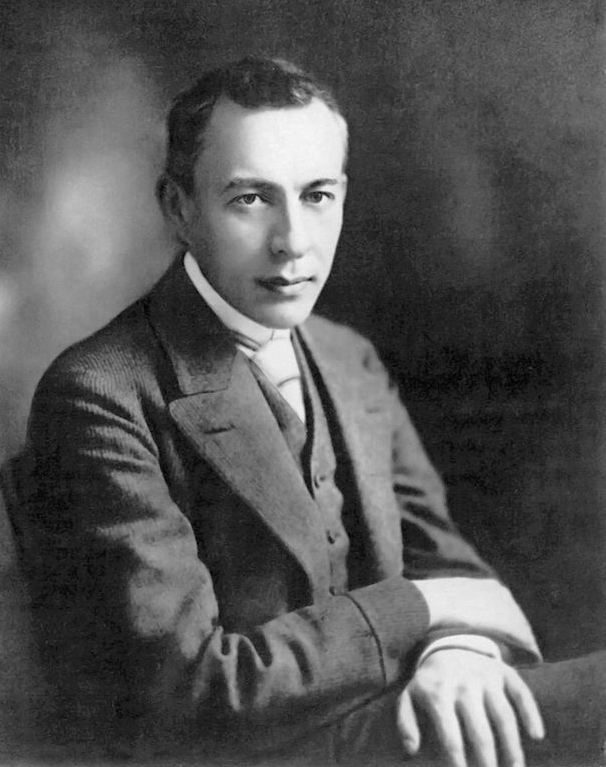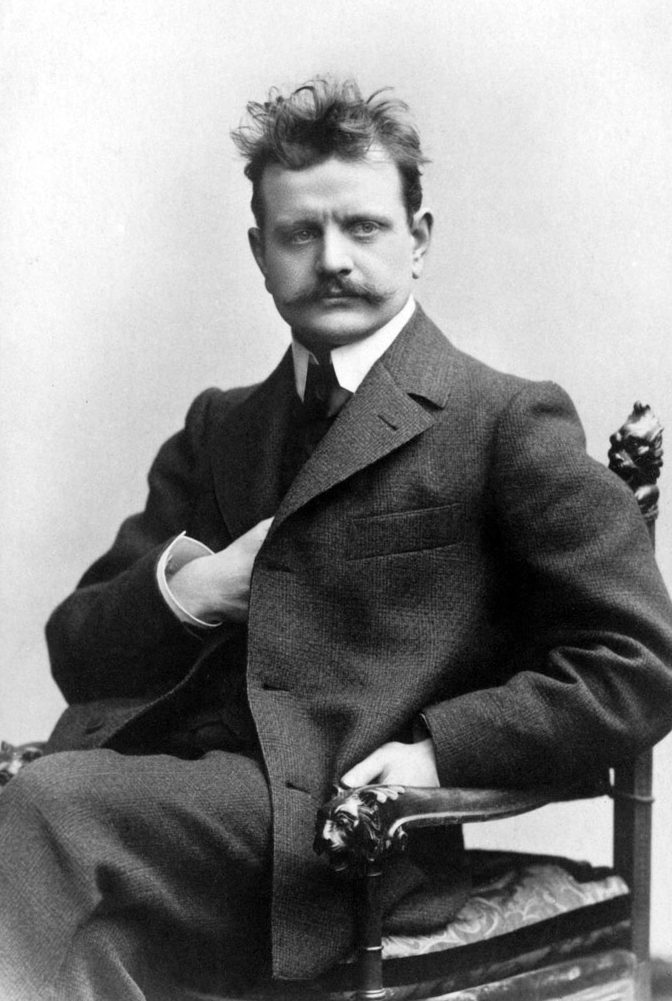Master Works

Next month, the Symphony Orchestra of India will begin its Autumn 2018 Season with compositions from some of the greatest masters. Sandipan Das breaks down the programme.

Prokofiev (1891-1953)
Symphony No. 5 in B-flat major (1944)
Prokofiev wrote this during the war years and it is his first symphony written in the USSR. According to his statement, he had the thematic material gestating in him for a while. This led to a music which was a “hymn to the free and happy man”.
The first movement opens with the flutes and bassoons playing a melody that begins as optimistic, owing to the large quartal and quintal leaps in the melody. The theme sounds bucolic, especially when the drone parts are considered. Soon the basses join to bring a colour that stretches the idea of optimism beyond itself. This theme ends with a simple resolution to F major, succeeded by what may be called the punctuation motif on the trumpets. Another theme is introduced on the bass instruments, a more singing one but less optimistic. In the poco piu mosso section, we have the true second theme of the movement introduced on the woodwinds, seemingly a nostalgic one, but the key change and the chromaticism within the theme leave us a bit off the mark. Two more distinct themes are given to us. The earlier, ‘singing’ one, set on the higher registers of treble instruments with a characteristic dotted rhythm. The latter, a very interesting one in terms of its mood, is set lower.
The second movement, allegro marcato, is rife with Americana. The first theme is cinematic (owing to his involvement with Sergei Eisenstein). The second theme has a jazz/blues impression. Aptly held on the clarinet and oboe, the theme is bluesy due to the use of both major and minor thirds in the key of D, along with what is commonly referred to as the blue note in the jazz world, the raised fourth. It ends with a resolute D major chord. What follows immediately after, in triple time, has all the makings of Broadway music: a simulated walking bass, percussions and coy strings. All this changes to a sombre but sharp march in which the brass section is in focus till the return to tempo prima.
In the third movement, Prokofiev displays a melodic writing style that is unique, modern and very evocative. A cinematic approach is used, opening with the strings and tuba creeping up on the first theme which is in contrast to the opening texture. The themes (there are three; two primary) deal with nostalgia and longing. This movement is a test for any orchestra’s violins as they need to soar – a lot.
The fourth movement, marked allegro giocoso, returns to the home key of B-flat major. The giocoso element in the music comes to us in several degrees, beginning with the mild recapitulation of the opening theme of the symphony. The structure is roughly as follows: it begins with the recap but in play with another false theme till we come to the vamping of the brass section. Atop this the main theme, a sunny melody with a sense of adventure, is introduced on the clarinet. In the next section, the second primary theme is introduced as a short but extremely well composed canon showing Prokofiev’s modernity is not hollow, and that he has a firm mastery of traditional forms and techniques (something about which he was questioned time and again). Coming back to the movement, the sunny theme returns but now stronger, as the interruptions grow longer and more powerful. It continues till the end and what remains are a few moments of a syncopated machine creating an edifice.

Tchaikovsky (1840-1893)
Orchestral Suite No. 3 in G, Op. 55 (1884)
Unlike a suite of the preceding century which usually consisted of six or more movements, this work has four movements. This was in all probability meant to be a symphony.
Symphonic possibilities are clearly evident but Tchaikovsky’s concerns regarding the symphony were always fraught with trepidation. The German symphonic form was always a bit out of reach for the composer who, though not fond of programmatic music, was an undisputed master of episodic forms. He created beautiful melodies and themes that other composers of his time and even today (look no further than John Williams) would kill for. Unfortunately, in the context of the classical symphony, in which the meat is in the development, this led nowhere. Musicologists argue that much of the answer lies in the folk music of Russia which, by the composer’s own admission, was a great influence on him. Static forms are repeated with enough variation to keep the mind engaged, but in effect are the same thing over and over. This trait is there in the music as well. When a definite melodic idea is reached, it is exploited not in the developmental sense as in Beethoven, but as an exercise in renewal, and therein lays Tchaikovsky’s grand genius. It engages you and repeats itself, but only because you want to hear it again and again. The music shows an emotionally and aesthetically satisfying alternative to the symphony. Too bad others did not follow. The symphony kept growing and absorbing till came a time when many were willing to abandon it by the early 20th century.
The first movement, Élégie, begins with a long lined melody on the violins with added colour from other instruments like the harp, clarinet and trumpets. The theme is pristine and symmetrical. The joining sections, where the melodic line is passed on to different quarters of the ensemble, are also made from parts of the short phrase segment. At andante, we come to the second theme on the strings, accompanied by the woodwinds and horns. This serves as the main theme for the rest of the movement. The cellos take over the melody, along with a woodwind accompaniment reminiscent of Wagner, something repeated in the string accompaniment later as well. Constant pitting of long melodic lines with obstinate short motifs: these are themes that may stay with you for the rest of your life. The movement ends with the gradual waning of activity to a pleasant and well balanced G-major chord on the winds. A masterful example of economy, the composer gives us a whole movement with just two melodies.
The second movement, the Valse mélancolique, has music that will haunt you. It has one main theme that invokes a certain brand of nostalgia unique to the Russians in composition but universal in reception. A series of crescendos govern the movement of this work as the general mood is quite static.
In the order of composition, the scherzo came first. Though the music goes fast, there is a lightness to it evident from the staccato pianissimo/pianississimo abound in the score. Of the four movements, this has what may be termed as music for musicians. The agility and dexterity of the orchestra as an organism is tested in this playful dance.
The final movement is built on a theme and a set of 12 variations. The theme has a wonderful innocence, which by the final variation (alla Polacca) becomes quite heroic and triumphant (it’s the polonaise rhythm that gets you). Each of the variations has unique technical and orchestral settings. Variation five has an energetic fugato; seven uses only woodwinds; eight puts the English horn in focus; and variation ten calls for a solo violin with a virtuosic part along with the earlier variation’s cadenza.

Rachmaninoff (1873-1943)
Piano Concerto No. 3 in D minor, Op. 30 (1909)
The impossible third for us mortals; technically, of course. Seductive to gifted pianists, the challenge is formidable, fortified by history. The great Josef Hofmann did not play it even though the concerto was dedicated to him. The third concerto, though doubted upon by critics, was loved by audiences, perhaps, because of the aura it weaves when you experience it as music. Strangely enough, this music does not come with any baggage, though the composer certainly did. He was depressed after the failure of his first symphony, which he overcame. Consider the Piano Concerto No. 3 to be a celebration of pianism then. The third brings us a synthesis of the great Russian tradition of piano music.
The first movement opens with the main subject on the piano along with the orchestra. A soft, direct, strophic melody, simple and benign. In Rachmaninoff, the idea of development is an elusive one, of colour and contour, not magical moments of harmonic change. The colour reminds one of Scriabin. Did the composer share his views? Perhaps. They shared the same piano teacher. Multiple crescendos provide the momentum. The opening theme recurs to keep the listener rooted but also to build to a larger-than-heard-before crescendo. A short development continues using various parts of the themes introduced. There is some masterful writing here. And, we reach the cadenza. The next few minutes make for a considerable part of the tribulations endured to climb this Everest. Two versions of the cadenza exist, both by the composer: one long, one short. Performing the longer one has become the norm, but Rachmaninoff himself preferred the shorter one. The longer one has the chordal passage, which is extremely moving to say the least. The piece ends with a recapitulation of the opening themes in plain and ornamented forms.
With the orchestra playing, a loving melody starts the intermezzo. This movement is a tender thing. The piano meanders through its whole expressive range, one of those critical pieces in which tone is everything. The musician is called forth to expose herself to a plethora of acrobatics in expressiveness. With a virtuoso passage on the piano, the music moves from the second to the third movement without pause. The opening theme is made essentially of an interval and a rhythmic motif, which is dealt with in a most virtuosic manner.

Sibelius (1865-1957)
Symphony No. 2 in D, Op. 43 (1901-02)
Sibelius was a serious composer: serious enough to realise the inabilities of the symphonic form, which draws from the sonata form. Sibelius did, in fact, manage splendidly to break away from the sonata, developing a unique way to deal with thematic content. If development in Beethoven was transmogrification, for Sibelius it was amalgamation and assimilation. Mahler, his direct contemporary, wanted something else from his symphonies as Sibelius reported. It had to be about everything. For Sibelius, it had to be about ‘some’ things; things which were alive to him because they were taken from life. How and where? That remains the artiste’s little secret. Symphony No. 2 lies in a transitional phase in which his organic developmental techniques were coming into their own. With a life set in changing times, personal loss and the troubles of an artiste’s life, they never managed to mar his spirit (though other ‘spirits’ were more than often called to aid).
The first movement, overly simplified, is a steady stream of short musical ideas that mature together. The writing is much more ordered than Symphony No. 1. The opening motif here (often seen as an allusion to the Finnish country idyll) uses full strings countered by the oboes and clarinets. We are introduced to many short themes, each of which is usually coupled with another, and developed together by means of intelligent orchestration and sequestering. Some are reserved (the opening and trill crescendo motif) to delineate climaxes and catharses. Others are building materials to reach the climax. Like any great master, Sibelius borrows from the past and makes it his own: the pizzicato crescendo, the following poco allegro, has much of Tchaikovsky in temperament and use. The movement at first hearing may resemble the sonata form, but it is not. Far too much material gets processed with extreme precision in a relatively short span of time.
The second movement begins with an unusual and long pizzicato section on the double basses and is later joined by the cellos, all along supported by soft timpani. To that, the introduction of the bassoon melody sets a mood difficult to describe. The piano dynamic for the opening section forces the listener to be attentive. By the first full orchestra crescendo, the music becomes something else: short rhythmic motifs built up to accommodate multiple thematic possibilities. Tchaikovsky, Wagner or Bruckner are never too far away, never too much in control. The music, with its luxurious brass parts and fluttering woodwinds, has drama: an operatic drama that compels you not just to simply feel but visualise.
The scherzo is fast like the first symphony and even has a theme developed from the same motif kernel: but that is where the similarities end. The fugue is done away with. Instead of the theme being dealt with academically, the composer uses it in a fashion not unlike Beethoven’s conception of the scherzo, a force propelling the cumulative purpose of the symphony to the finale. Then there is the oboe solo, which, locally within the movement, adds to the process of culmination.
The finale is the end in which we find Sibelius form two distinct themes. Exquisite orchestration and melodic writing dominate. As usual, the themes are accompanied by a few motifs, which are used for a brilliant development. The fearless brass, soaring strings (the first theme) and a glorious ending gives one the feeling of being swept away: unlikely that it will be with Finnish nationalism, but undeniably with a courage not often found in the music of the 20th century.
The Symphony Orchestra of India’s Autumn 2018 Season will run from 4th to 16th September.
This piece was originally published by the National Centre for the Performing Arts, Mumbai, in the August 2018 issue of ON Stage – their monthly arts magazine.





